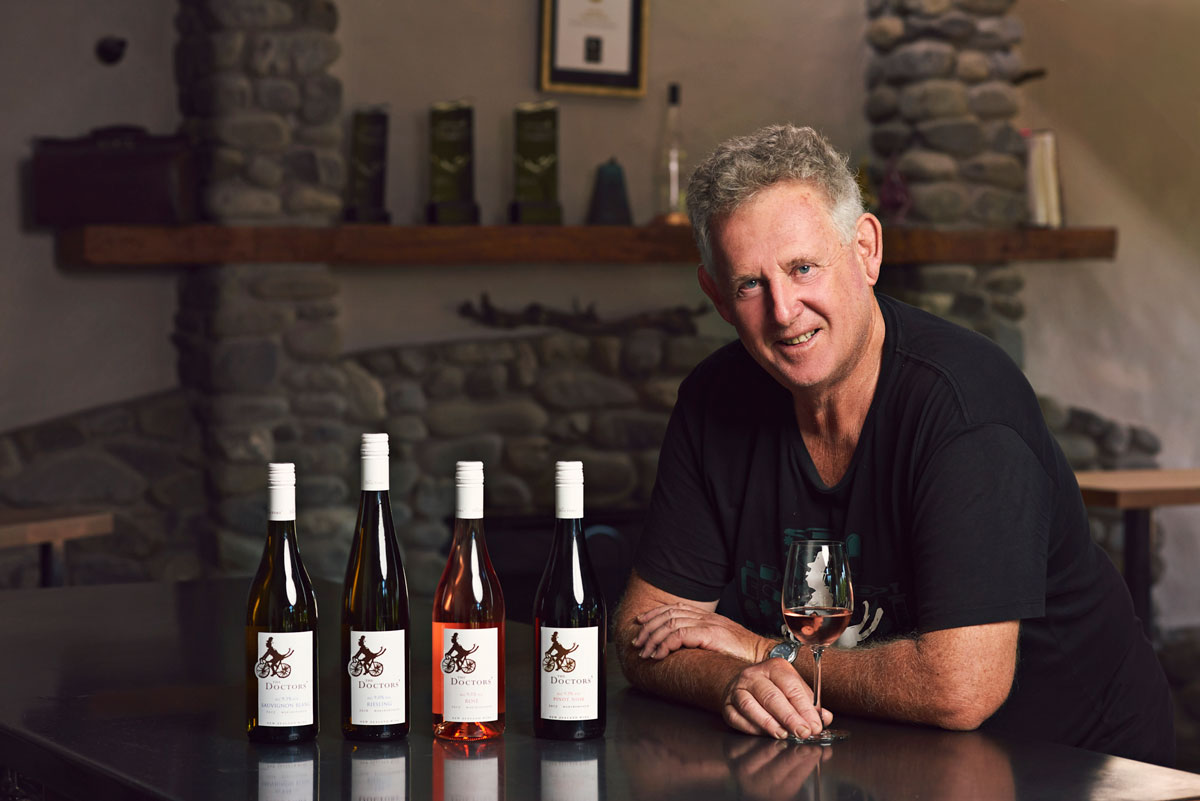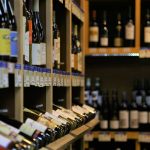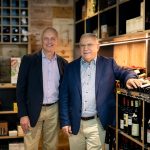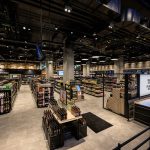John Forrest, from Forrest Wines in Marlborough, New Zealand, with The Doctors’ range of wines.
Winemakers may not like to drink them let alone acknowledge there is a cohort of consumers that do, but the fact is there is a growing demand for no and low alcohol wine around the world and producers are responding. Beginning in this issue of the Grapegrower & Winemaker, Sonya Logan will delve into the rising production of these products in Australia and New Zealand and explore the increasing demand for them by consumers. In the first of these articles, Sonya delves into New Zealand’s Lighter Wines initiative which has led to the release of a range of initially low and more recently no alcohol wines from the 18 wine companies who co-funded it. Subsequent articles will look at the technology being applied to produce such products across both Australia and New Zealand and the market for lower alcohol wines among consumers.
No or low alcohol wines – NOLO wines for short – are not new. For health reasons, my father has been drinking ‘alcohol removed’ wines found on his local supermarket shelf for a few years now. These products have been available for some time, although their reputation has been rather poor. But there is distinct growing interest in NOLO wines from consumers, with reports suggesting many producers are struggling to keep up with demand.
In February this year, an IWSR Drink Market Analysis report revealed consumer demand for no and low
alcohol beer, wine, spirits and ready-to-drink products grew their share of the total beverage alcohol market to 3% in 2020 across 10 countries that represent more than 75% of the world’s NOLO alcohol consumption, including Australia, the UK, the US and Canada. NOLO wine, in particular, increased 4.9%, with the biggest gains in the US and UK, with a compound annual growth rate in volume of 8% forecast for between 2020 and 2024, the ‘No- and Low-Alcohol Strategic Study
2021’ stated.
Across all NOLO products, the IWSR report estimated volume growth of 31% for the same four-year period.
“What we’re seeing is a moderation trend that’s sweeping across key global markets, and that’s bringing with it increased demand for reduced alcohol, or alcohol-free drinks,” said London-based IWSR chief executive Mark Meek. “Brand owners will have an important role to play in the future development of no- and low alcohol, as increasing the breadth of products available to consumers and their price points will support category growth and broaden its appeal.”
This is not a call to action intended for New Zealand wine producer John Forrest, of Marlborough-based Forrest Wines, as he observed the leading edge of this growth in NOLO wine way back in 2006 and responded accordingly, becoming a pioneer in this space for the nation.
“It’s a funny little story that’s worth telling,” Forrest explains of the inspiration behind his foray into NOLO wine production. “I had zero interest in lower alcohol wine up until 2006 because, quite frankly, I quite enjoyed a big 14.5-15% Aussie Shiraz and still do. But, because I’m a Riesling-file, and I didn’t have a Kabinett style Riesling in our portfolio — you know, that 40-odd gram RS [residual sugar] style with 8-9% alcohol — I made one.”
The Kabinett-style Riesling was bottled under its own label called The Doctors’ — a nod to Forrest and his wife Brigid’s previous careers in medicine — and launched at a tasting in Christchurch in September 2006.
“Every female in the room who was doing the tasting commented on the fact that it was a nice Riesling but said, so what, there’s millions of them around. But they loved the idea of good wine with less alcohol, that’s what really spun their wheels,” Forrest recalls.
“I stayed awake all night thinking about it. And it was very obvious to me when I got up in the morning to drive home to my wife, Brigid, that if you could make a lower alcohol, high quality Marlborough Sauvignon Blanc typical of its style, you would be onto a sure winner, given that Sauvignon Blanc was the biggest volume and biggest value white wine in the world at the time. So, I boldly said to my wife when I got home that I was going to make her a rich woman and do it!”
As a former medical researcher, Forrest says he wasn’t afraid to set up a small-scale research program in his winery in pursuit of his objective to make a high quality, lower-alcohol Sauvignon Blanc that would deliver on the riches promised to his wife. But he admits the first two years of experimentation were “unmitigated failures”.
Concentrating his initial efforts in the winery by dealcoholising wine through application of reverse osmosis, Forrest says he made “some pretty average wine samples”. Although the wines “still had some flavour” they lacked “the feel and excitement of a Marlborough Savvy that really gets dumped through dealcoholisation”.
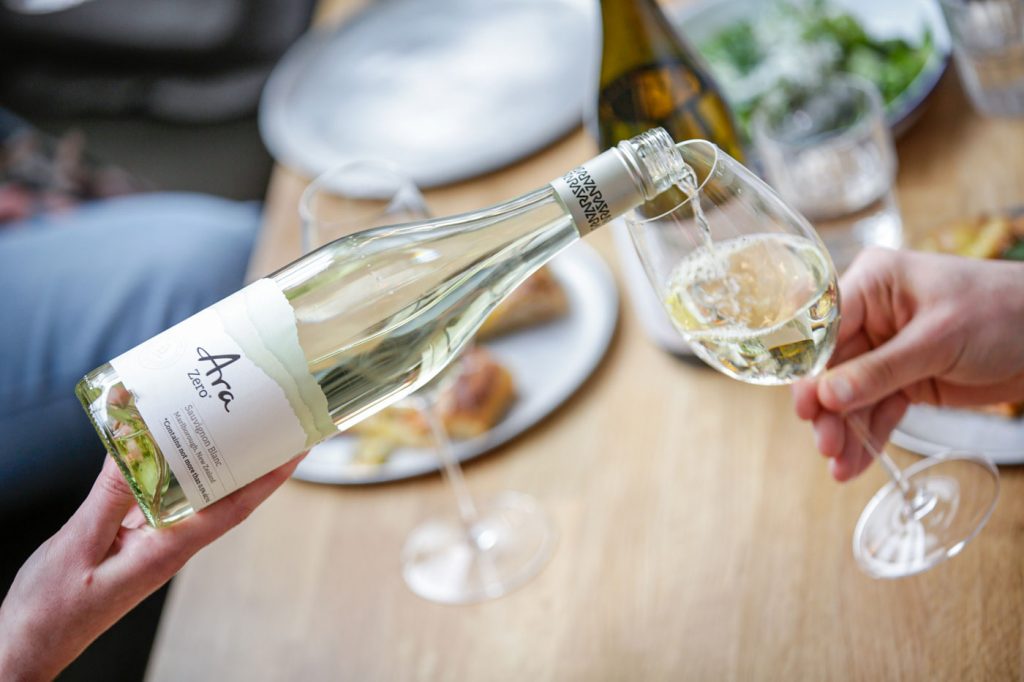
Turning attention to the vineyard
“Then I turned my attention to whether we should do something in the vineyard”, Forrest explains, after reading an abstract from a research article out of Germany’s Geisenheim University which described some success with reducing alcohol levels via leaf removal.
“I drove my staff mad for two or three years, selectively removing leaves according to different timings and number and position in the canopy. I observed that a certain set of leaves at a certain time clearly slowed the rate of sugar, but when you tasted the juice, it tasted ripe.
“I think the surprise to me, and I think to most grapegrowers, was that sugar accumulation, flavor development, phenolic ripeness and acid drop were independent of the plant’s ability to make sugar. In other words, we slowed the sugar-making ability of the plant, but it still seemed to make flavour and drop acid and the skin and the pip still tasted ripe.
“My second eureka moment was I figured out one day while stepping out of the shower how I could commercialise the leaf-plucking technique it so it wouldn’t cost a dime more than conventional Sauvignon Blanc viticulture. That was around changing shoot positions in the canopy structure so that the leaves I wanted to trim off were above the top of the trellis posts at the time I wanted to do it.”
The first Sauvignon Blanc under The Doctors’ label was released in 2009 at 9.5% alcohol and three years later the 2012 vintage picked up the wine’s first gold medal. The wine was also attracting positive feedback from wine critics, but those tributes weren’t translating into the sales Forrest had promised his wife.
Shortly after a visit to the UK, Forrest finally got a call from supermarket chain Waitrose which said they’d heard wine critics boasting that the wine was the best available style currently in the marketplace. Samples were sent and thus began a 40,000-case-a-year contract with Waitrose.
Shortly after the 2012 The Doctors’ Sauvignon Blanc won gold, viticultural consultant David Jordan came knocking on Forrest’s door to talk about an initiative he was heading up that was aiming to make the New Zealand wine industry the international leader in the production of premium lower-in-alcohol wines. Jordan was keen to tap into Forrest’s existing knowledge.
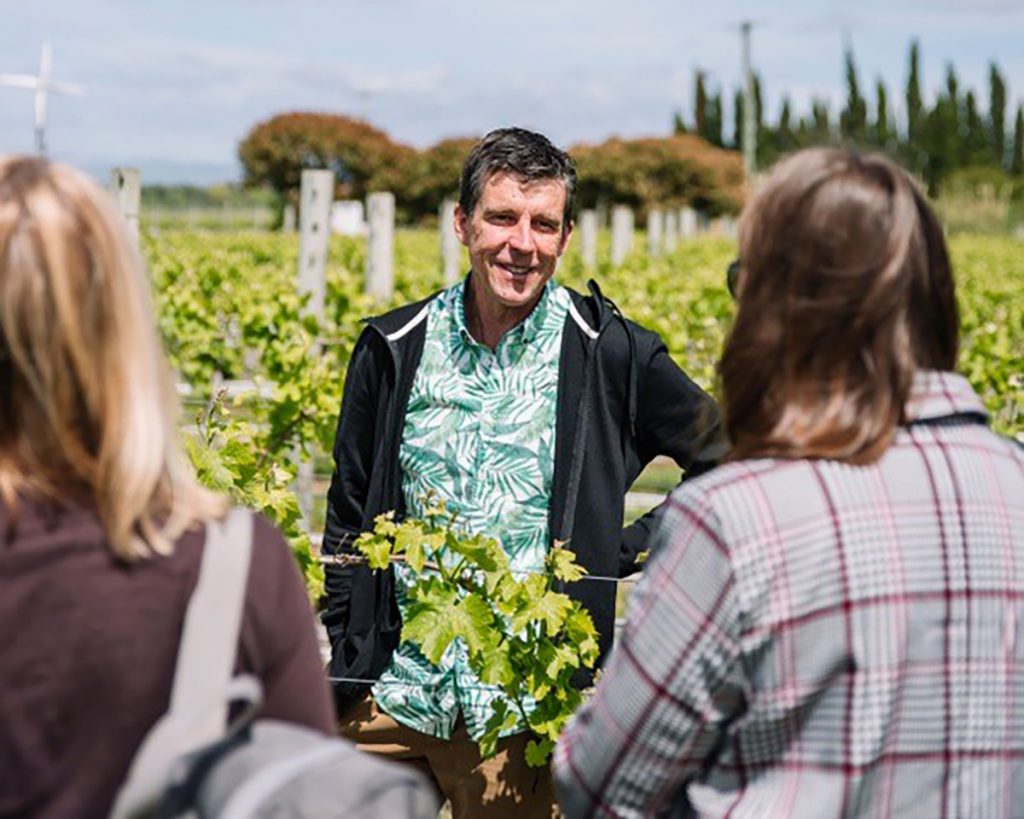
They find the aromas and flavours better than at a higher alcohol
DAVID JORDAN
..
Forrest was only too happy to share what he had learned in the vineyard as he believed doing so would help forge a good reputation for the category of lower alcohol wine on behalf of New Zealand — a reputation for which he’d laid the foundations.
“It was important, I thought, not to have New Zealand producers go out there with really shitty, low alcohol wine and ruin the reputation and opportunity there clearly was in the marketplace. It’s better to stand shoulder to shoulder together and make it a success than get picked off one by one because someone lets us down.”
Forrest Wines would become one of 18 New Zealand wine companies that contributed either cash or in-kind support to the research and development initiative that became known as NZ Lighter Wines. Beginning in 2014, it was led by New Zealand Winegrowers, with the support from the participating wineries supplemented by industry levy funding and the NZ Government, bringing the total funding pool to $15 million (AUD) in dollar terms. The largest research initiative ever undertaken by the New Zealand wine industry, its challenge was to solve how to naturally lower the alcohol content without compromising the quality, flavour and typicity of wine.
“We wanted to hold true to what New Zealand wines are internationally renowned for: that they be vibrant and flavoursome, still refreshing and have all the quality attributes of the wines that has enabled us to have an export profile and sell significant volumes which are now achieving $2 billion worth of export earnings around the world,” David Jordan explains. “So, we didn’t want to tarnish that reputation and the wines needed to deliver on that.”
Naturally, given the importance of the variety to New Zealand, Sauvignon Blanc was initially the main focal point of the initiative, which focussed on the natural production of lower-in-alcohol wines.
“In parallel we had three strings of work,” Jordan explains. “First, we wanted to better understand the role of alcohol as you come down the scale. As far as we could see, very few people had done that work so we were technically pioneering the sensory profile of wine as alcohol levels are reduced down to less than 10%.”
Model Sauvignon Blanc wines were developed to understand exactly what aspects of the sensory experience were affected by reductions in alcohol. A reduction in alcohol from 12.2% to 9.5% increased the perception of acid and conversely decreased the perception of sweetness, bitterness, full-bodiedness, smoothness and palate length.
Jordan says further sensory work revealed there was a segment of consumers who preferred wines with lower alcohol.
“They find the aromas and flavours better than at a higher alcohol,” Jordan explains, adding that subsequent work revealed that some of the more tropical flavours that Sauvignon Blanc is known for present better at a lower alcohol.
The research then turned to the vineyard with the aim of understanding what certain manipulations could achieve in pursuit of producing of good quality, lower alcohol wine. Various techniques were trialled for their ability to delay sugar accumulation and impact on other wine parameters: short periods of deficit irrigation at key vine growth stages; fertiliser treatments; reducing canopy size through shoot thinning or leaf removal; and clones that were naturally lower in acidal selection. Other studies explored the degree of within-crop maturity between grapes harvested at low Brix and a few weeks later and the effect of ripening duration on the composition of Sauvignon Blanc grapes and the resulting wine.
“Technically, what we’re talking about here is delaying ripening so you can pick with the same flavors, same acid but at a lower sugar, in combination with the role of clones,” Jordan says. “We looked at clones that were naturally lower in acid because managing acid levels in juice is one of the real challenges in lower alcohol wine.
“We’re all nervous about the sense we’re picking too early from a maturity point of view, but we’ve grown in confidence that if we combine the factors of site, maturity, some canopy work to reduce the leaf area, we can get wines that naturally produce very acceptable wines at less than 10% of alcohol. Some wineries are using one of those, some are using the combination to achieve their goals of lower alcohol.”
Brand owners will have an important role to play in the future development of no- and low alcohol, as increasing the breadth of products available to consumers and their price points will support category growth and broaden its appeal.
MARK MEEK
Investigating winery manipulations
Winery manipulations were also investigated as part of the Lighter Wines initiative: the influence of skin contact to substitute the loss of texture, body and heat in reduced-alcohol wines; whether there was an optimal fermentation temperature to minimise the ethanol produced by yeast while maximising wine body and aromas in early harvest grapes; the effectiveness of different inoculation methods in reducing the conversion of sugar to ethanol in producing lower alcohol wines; and whether non-Saccharomyces yeast species could be used early in ferments to reduce the amount of sugar available to S. cerevisiase to ferment; and the role of oxygen during fermentation in reducing ethanol.
Jordan says the results from the vineyard and winery trials has seen winemakers using a combination of manipulations to achieve incremental reductions
in alcohol.
The Lighter Wines program officially came to an end at the end of 2020, having developed in-market activities to support the work of the wineries who had taken part in it as well as a Lighter Wines brand that they can license under a set of rules and after an auditing process of the wines wishing to bear it.
Jordan says compared with the start of the initiative, winemakers are now better aware of the interaction between alcohol, acid and residual sugar and hence have more confidence in producing lower alcohol wines.
“Compared with seven or eight years ago, winemaking teams across a number of wineries are more confident that they can make very acceptable and consumer-appealing wines at lower alcohol levels year on year. And that was one of our goals, to do that consistently.
“A lot of the wines that have been produced during the tenure of this program have been entered into a number of wine shows and I think we’ve now got over 140 medalled wines; and these are lower-in-alcohol wines that have been submitted, not in a low alcohol wine category but in a full strength category,” says Jordan.
He says that because the Lighter Wines initiative was based around producing lower alcohol wines naturally, this meant the lowest limit that could be achieved in wines like Sauvignon Blanc was 9-9.5%.
“It’s very difficult to have wines of all the appealing character, aroma and flavour of Sauvignon Blanc or Pinot Gris if you go below that. If you’re down to near 0%, you’ve transformed the beverage immensely and now you’ve got an even more significant challenge to actually get a wine to look wine-like,” he explains. But on the tail of the knowledge born out of the NZ Lighter Wines initiative and the growth in confidence among its participating wine companies to produce lower-alcohol wines, an increasing number of lower and zero alcohol products have hit the shelves.
“Within our group we were working at 9-9.5%. A number of them also now have wines at the mid strength level of 5-7%. And we’ve even got some wines now down at zero. The leaps and strides in improvement in quality that those companies are achieving with a huge application of knowledge and technology and ability is impressive.”
Among the companies that have gone on to develop mid-strength and zero alcohol wines is the Giesen Group. In 2018, Giesen released a Marlborough Sauvignon Blanc and Pinot Gris at 9% alcohol under the label Pure Light. The reduced alcohol in both wines was initially achieved naturally. But from this year, having acquired a spinning cone, Giesen is now reducing the alcohol in the Sauvignon Blanc using this technology.
In early 2020, the company also released the Giesen 0% Sauvignon Blanc, with stocks in New Zealand and Australia selling out shortly after release. The alcohol in this wine was also removed via spinning cone technology. Then in mid 2020, Giesen released its Ara Zero Marlborough Sauvignon Blanc, again produced through the application of spinning cone.
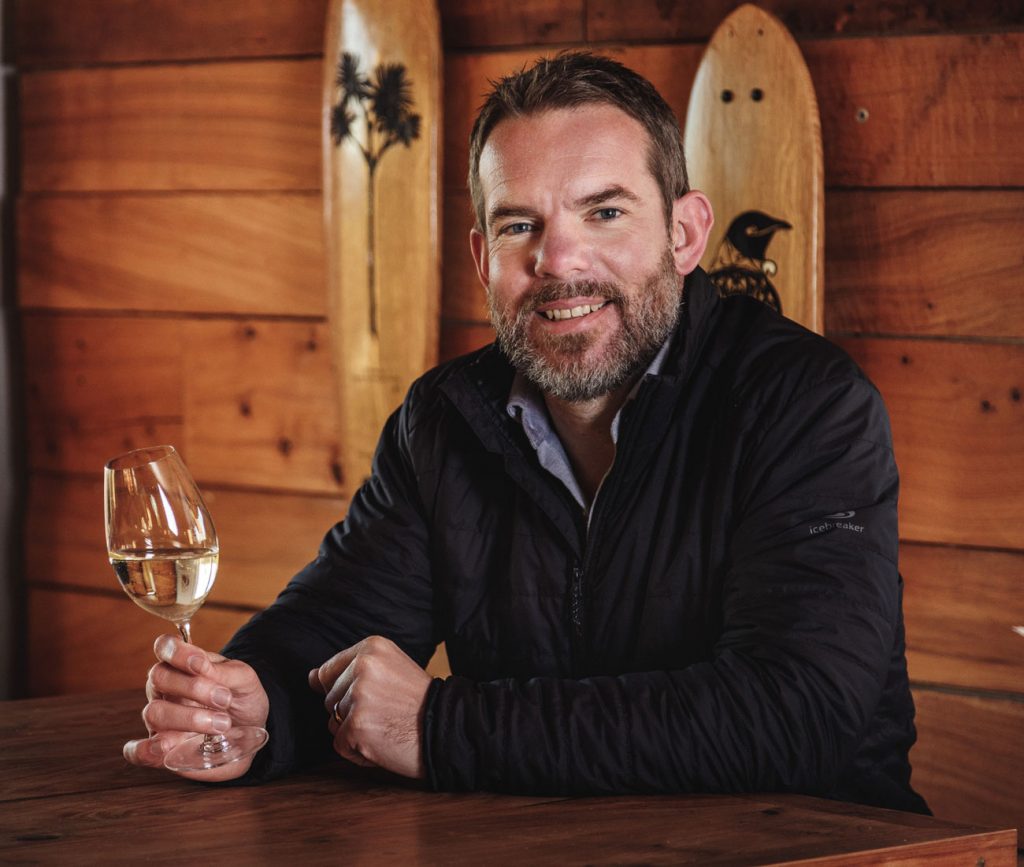
“We’ve managed to develop techniques to intensify the concentration of aroma in the wines, while still keeping the alcohol below 0.5%.
DUNCAN SHOULER
..
Duncan Shouler, chief winemaker for the Giesen Group, said the Pure Light wines took four years to develop, the 0% wines 18 months.
“With the Pure Light Pinot Gris, we have continued to select vineyard blocks that deliver early flavour ripeness before high sugar accumulation. This allows us to product an aromatic, balanced, lighter alcohol wine naturally,” Shouler explains.
“Our development with 0% alcohol wines has been enormous over the past 12 months. And the journey has been really accelerated by the purchase of our own spinning cone unit. This has allowed us to be very innovative with these wines, create new styles and explore ways that can further boost the wine quality.
“We’ve managed to develop techniques to intensify the concentration of aroma in the wines, while still keeping the alcohol below 0.5%. In particular with Sauvignon Blanc, this has allowed us to produce a wine with more pronounced sweet tropical fruit aromas.
“We’ve also looked closely at how to balance the acidity in the wines. By removing the alcohol, the acidity becomes more pronounced. Initially, we looked at balancing this acidity with sweetness, but this really didn’t work for the style of wine we were after. Afterall, New Zealand Sauvignon Blanc is a dry style of wine, and we wanted our 0% alcohol equivalent to be the same. So, we turned our attention to yeast-derived proteins, and these natural products have really helped boost the wines body and weight, while still keeping a wine that is much lower in sugar that the competition.”
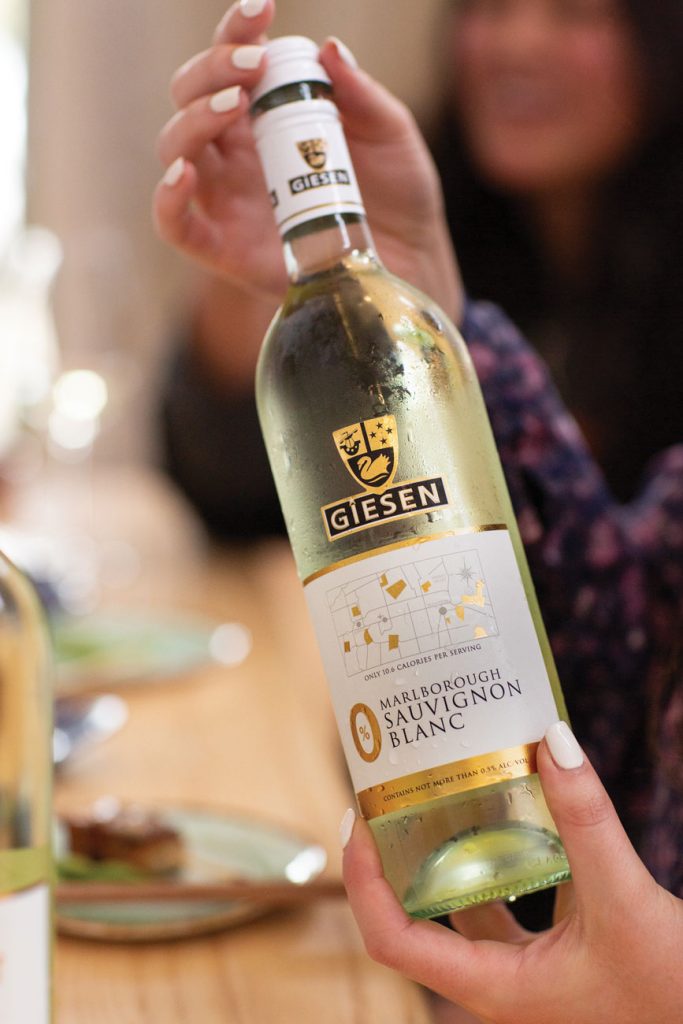
Giesen’s 0% Malborough Sauvignon Blanc.
..
Shouler says his company’s investigations in what works best to reduce sugar accumulation in the vineyard highlighted the importance of site selection.
“Our experience has been that vineyard manipulation is less successful in achieving a lower alcohol wine that has varietal and regional characteristics. Some sites will naturally yield lower sugar and reach flavour ripeness earlier, and these are the sites we focus on for out naturally lighter wines.”
Shouler explains that the spinning cone gently used in the production of Giesen’s 0% alcohol range removes alcohol at low temperatures through a form of vacuum distillation over a very large surface area.
“When we create our 0% alcohol wines, we first remove all of the wine aroma at a very low temperature, which is achievable because most wine aroma compounds have a low evaporation point. At low temps we are able to remove and capture the wine aroma without damaging the delicate aromas through high temperatures. Then, we increase the temperature slightly and reintroduce the base wine, minus its aroma. This allows us to remove the remaining alcohol, giving us a 0% alcohol base wine with very little aroma. The key then is to blend back some of the aroma portion of the wine to give the wine varietal character and flavour, but also keeping the wine below 0.5% alcohol. The whole process is very delicate on the wine, and in essence very simple!”
Shouler says it was an obvious choice for the company that Sauvignon Blanc be its first 0% alcohol wine, partly because it is New Zealand’s most important variety.
“Beyond that, New Zealand Sauvignon Blanc naturally has very intense aromas and is very recognisable. Through the process of alcohol removal, it is inevitable that some aroma will be lost — alcohol itself supports wine aroma. Starting with a base wine that is high in aroma and has intense varietal character is a real advantage. This is the case with New Zealand Sauvignon Blanc.”
Compared with seven or eight years ago, winemaking teams across a number of wineries are more confident that they can make very acceptable and consumer-appealing wines at lower alcohol levels year on year
DAVID JORDAN
Expanding varietal offerings
However, more varietal additions to the 0% range are on the way, due for release in Australia in later this year.
John Forrest has also expanded his varietal offerings under The Doctors’ range, which saw a rosé and Pinot Noir added in 2017 at 9.5%.
He says his leaf plucking technique has shown to restrict sugar accumulation in other varieties, but for now he’s happy with the range of The Doctors’ varietals.
“I could do it tomorrow on Pinot Gris and it does it well. But no one’s asked me for 2000 cases of Pinot Gris so I don’t do it,” Forrest state. “So we’ve restricted the range — a red, white and rosé— to those varietals that are the biggest sellers.”
So, has there been any experimentation in the winery at Forrest Wines to reduce alcohol levels further?
“Interesting you should ask that,” Forrest remarks.” This year, I’ve done a whole series of experimentation, mostly in the winery, around how, with the knowledge I’ve gained in getting to 9%, to take Sauvignon Blanc lower in alcohol.
“The absolute requirement, as has been the case from day one, is that the wine must retain the typicity of a Marlborough Sauvignon Blanc, and be a credible wine.
Forrest won’t discuss the nature of those experiments, especially as he believes there might be some intellectual property involved. However, he does reveal that they involve both new technologies or the adaptation of existing ones.
“I’ve used my knowledge in improving our original wines over the preceding years and applied it to the question of, how can we go lower but retain the typicity of Marlborough Sauvignon Blanc styling and the quality that the consumer wants.
“This year’s small vintage probably saved my daughter from sacking me because I had about 30 different experiments running at once across the winery. But I am very buoyant about the opportunities that I think we will be bringing together over the next couple of months to achieve lower alcohol, good, premium Marlborough Sauvignon Blanc.
“And it’s promising, right the way down to zero.”
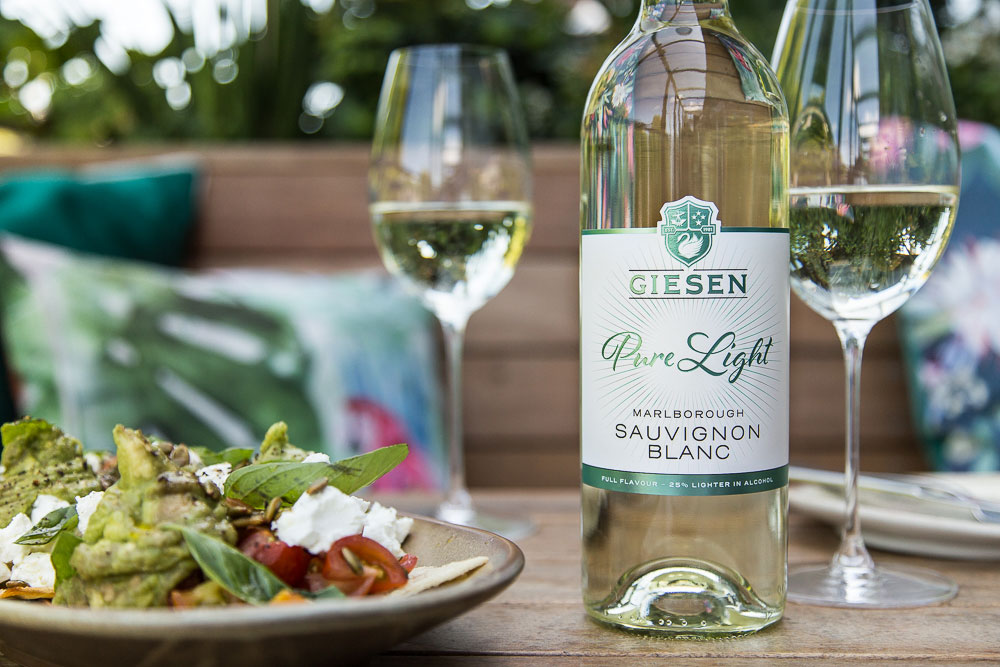
Reference
New Zealand Lighter Wines Research Summary Revised Edition 2020

